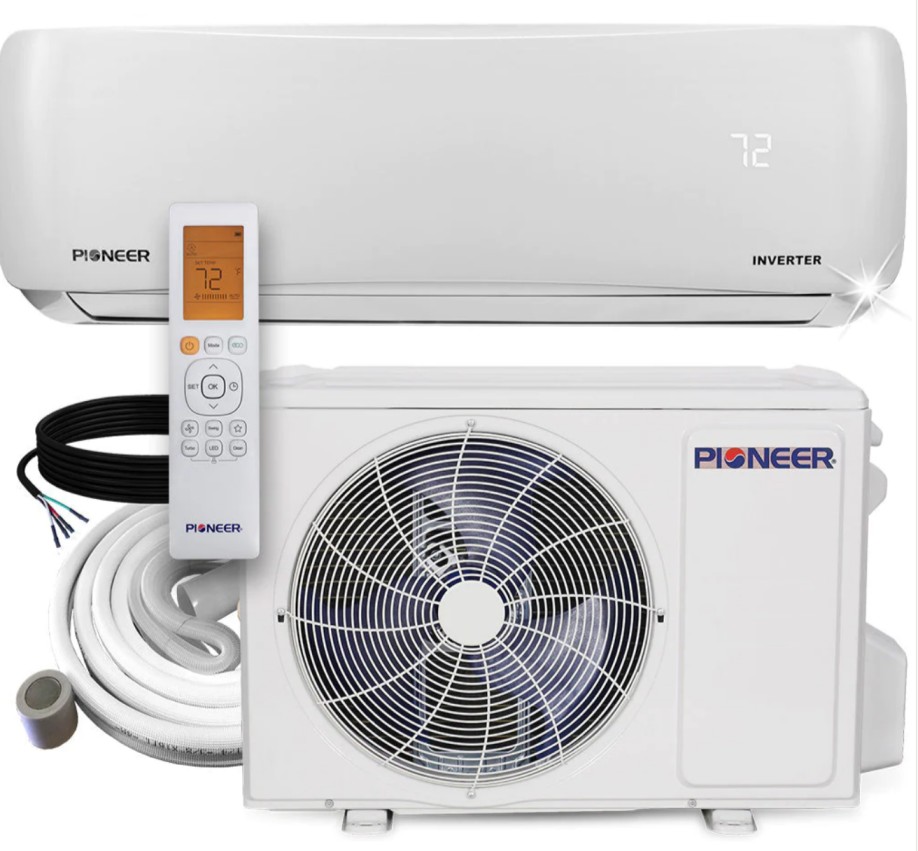The Pioneer SP-BS22-LR is a bookshelf speaker designed by renowned audio engineer Andrew Jones. These speakers are renowned for their custom-designed drivers, including a tweeter set in a deep waveguide and a woofer made of plastic with a unique grid pattern embossed on it. The woofer’s surround is crafted from butyl rubber, and the crossover features a poly capacitor for the tweeter.
Tweeter Design and Waveguide
The tweeter in the Pioneer SP-BS22-LR is a critical component that contributes to the speaker’s overall performance. The tweeter is set within a deep waveguide, which is designed to improve efficiency and reduce distortion. The waveguide acts as a horn, helping to control the dispersion of high-frequency sound waves and ensuring a more consistent and focused sound across the listening area.
The tweeter’s design is the result of extensive research and development by Andrew Jones and the Pioneer engineering team. They have carefully optimized the shape and dimensions of the waveguide to achieve the desired acoustic characteristics, such as improved directivity and reduced diffraction effects.
Woofer Design and Cone Structure

The woofer in the Pioneer SP-BS22-LR is also a key component that contributes to the speaker’s overall sound quality. The woofer is made of a plastic material with a unique grid pattern embossed on the cone. This design is intended to minimize cone resonance, which can cause distortion in the lower frequencies.
The woofer’s surround is made of butyl rubber, a material known for its durability and ability to provide a tight, controlled bass response. The butyl rubber surround helps to maintain the woofer’s excursion and prevent excessive movement, which can lead to distortion.
Crossover Design and Component Selection
The crossover in the Pioneer SP-BS22-LR is a critical component that ensures the proper integration of the tweeter and woofer. The crossover includes a poly capacitor for the tweeter, which is a high-quality component that helps to ensure a smooth and accurate high-frequency response.
The crossover’s design is the result of extensive testing and optimization by the Pioneer engineering team. They have carefully selected the component values and the crossover frequency to ensure a seamless transition between the tweeter and woofer, minimizing any phase or frequency response issues.
Grille Design and Removal
The Pioneer SP-BS22-LR speakers are designed to be used without the grilles, as the grilles can interfere with the sound quality. The grilles are designed to be easily removable, allowing users to experience the full potential of the speaker’s sound quality.
When the grilles are removed, the waveguide and woofer are fully exposed, allowing the sound waves to propagate freely without any obstructions. This can result in a more open and detailed soundstage, as well as improved imaging and clarity.
DSP Correction and Frequency Response Optimization
To further improve the sound quality of the Pioneer SP-BS22-LR speakers, some users have applied digital signal processing (DSP) correction. This involves using a combination of measurement data and subjective listening tests to create a correction curve that can be applied to the speakers using a digital signal processor.
The correction curve is designed to address any frequency response or distortion issues in the speakers, particularly in the lower frequencies. By applying the correction curve, users can achieve a more balanced and accurate frequency response, resulting in a more natural and detailed sound.
The process of applying DSP correction typically involves the following steps:
- Measuring the speaker’s frequency response using a calibrated microphone and measurement software.
- Analyzing the measurement data to identify any problematic frequency ranges or distortion issues.
- Designing a correction curve using digital signal processing algorithms to address the identified issues.
- Applying the correction curve to the speakers using a digital signal processor, such as a standalone unit or a software-based solution.
It’s important to note that the effectiveness of DSP correction can vary depending on the specific room acoustics and the user’s personal preferences. Some users may prefer the natural sound of the speakers without any correction, while others may find that the DSP correction significantly improves the overall sound quality.
Conclusion
The Pioneer SP-BS22-LR bookshelf speakers are a testament to the engineering expertise of Andrew Jones and the Pioneer team. The speakers’ custom-designed drivers, including the tweeter’s waveguide and the woofer’s unique cone structure, contribute to their impressive sound quality.
By understanding the technical details of the Pioneer BS box, users can make informed decisions about how to optimize the speakers’ performance, whether it’s through grille removal or the application of DSP correction. This comprehensive guide provides a deep dive into the inner workings of the Pioneer BS box, empowering DIY enthusiasts and audio enthusiasts to get the most out of their speakers.
References:
– Pioneer FH-S722BS – What’s in the Box? – YouTube
– AudioScienceReview.com
– Pioneer MVH-S522BS – What’s in the Box? – YouTube
– Pioneer SP-BS22-LR loudspeaker – Stereophile.com
– Pioneer SP-BS22-LR Bookshelf Loudspeakers – NO Audiophile!
